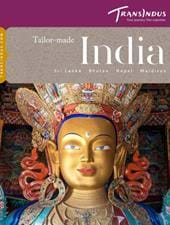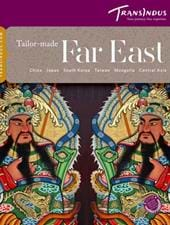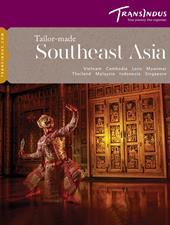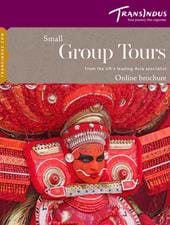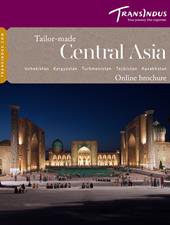Lucknow, congested capital of Uttar Pradesh, in many ways epitomizes the problems of modern India. Yet the city is also known for its highly sophisticated traditional culture, refined over the 18th and 19th centuries in the courts its rulers, the Nawabs of Awadh, (or ‘Oudh’), who left behind a remarkable architectural legacy.
Lucknow’s golden era started when Asaf ud-Daula moved the Awadhi capital from Faizabad in 1775. It soon became one of most prosperous and glittering cities in Asia, with a skyline of gilded cupolas and domes, palaces and pleasure gardens that rivalled those of Constantinople, Isfahan and Bukhara. The Urdu spoken in its courts was the most chaste in the Mughal empire, its cuisine the most elaborate and decadent. Poetry, music, and kathak dance received passionate royal patronage.
Partition in 1947 had a devastating impact. But the splendid monuments of the Nawabs survive. In the old district of Hussainabad, the Bara Imambara is a huge, opulent vaulted hall, part of a wider complex that includes the fairy-tale Hussainabad Imambara, beautiful Asfi Mosque and splendid victory arch of the Rumi Darwaza.
In Lucknow too stand the poignant, pock-marked ruins of the British Residency, where around 3,000 Europeans and their Indian servants took refuge during the Uprising of 1857. Only one-third of the defenders survived the ensuing four-and-a-half month siege, which became legendary in the annals of empire.

